14 GPTs for Messaging Enhancement Powered by AI for Free of 2025
AI GPTs for Messaging Enhancement are advanced computational tools that leverage Generative Pre-trained Transformers (GPTs) to optimize and enhance messaging and communication tasks. These tools are designed to understand, generate, and manipulate text in ways that are contextually relevant, making them particularly suited for applications in messaging enhancement. By analyzing and processing natural language, they provide tailored solutions that improve the efficiency, effectiveness, and personalization of communication across various platforms.
Top 10 GPTs for Messaging Enhancement are: Sticker Generator,Marketing Manager GPT,Brand Identity Consultant,マケ田マケ男,Make Emojis of Yourself,Swipe Coach,Emoji Kitchen,Emoji Tag Wizard,Sticker Me,Emoji Interpreter
Sticker Generator
Express Yourself with AI-Crafted Stickers

Marketing Manager GPT
Elevate Your Brand with AI-Powered Marketing

Brand Identity Consultant
Elevate Your Brand with AI Insight

マケ田マケ男
Elevate Your Marketing with AI Creativity

Make Emojis of Yourself
Transform Your Photo into a Unique Emoji

Swipe Coach
Elevate Your Dating Game with AI

Emoji Kitchen
Blend, Create, Share - Emojis Reimagined

Emoji Tag Wizard
Elevate messages with AI-powered emojis & tags
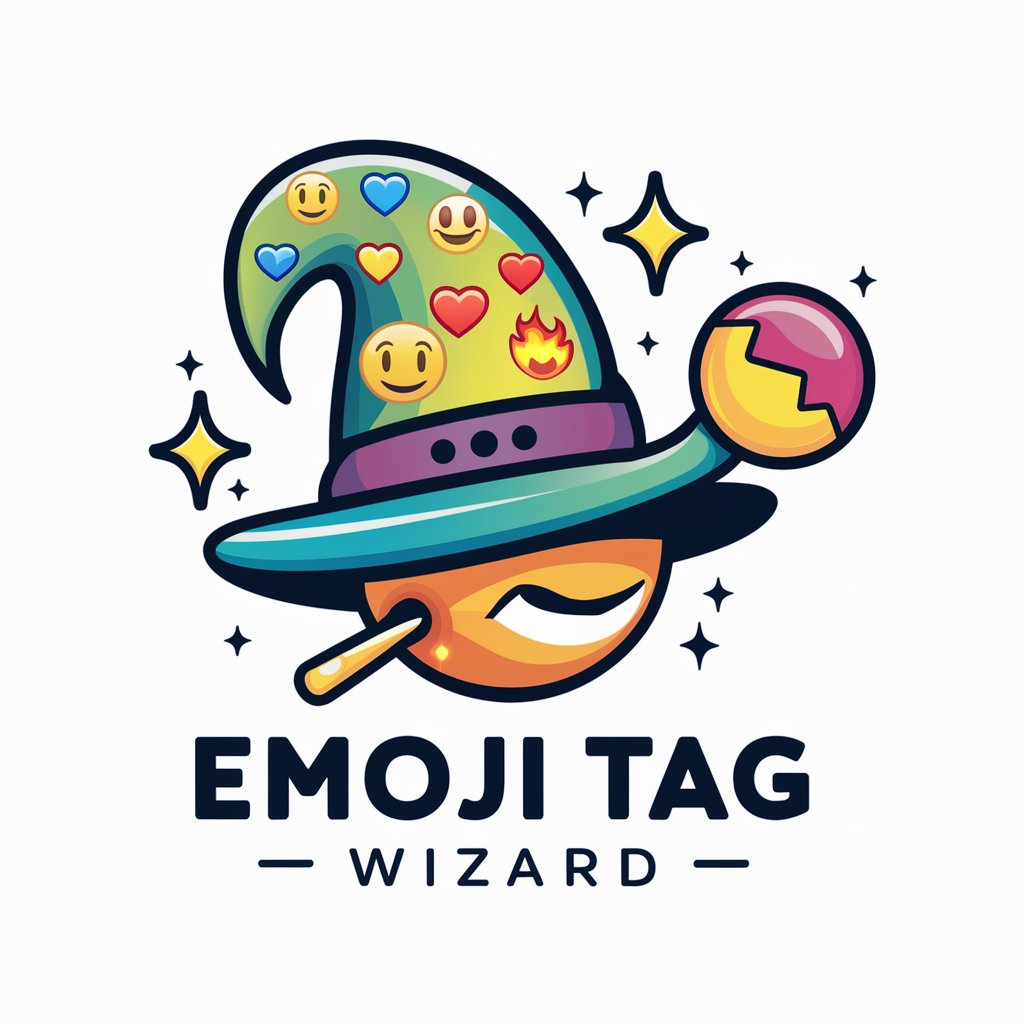
Sticker Me
Bring Your Ideas to Life with AI
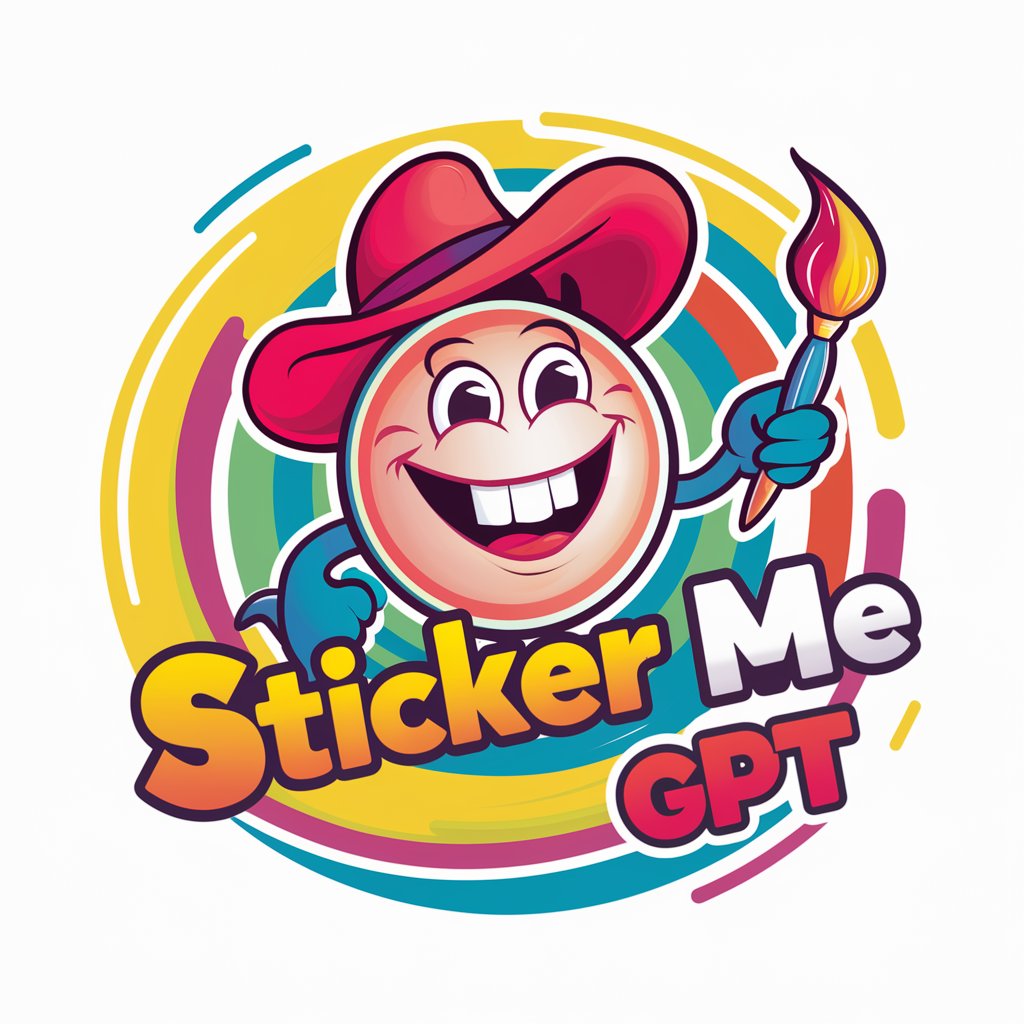
Emoji Interpreter
Bringing Texts to Life with Emojis
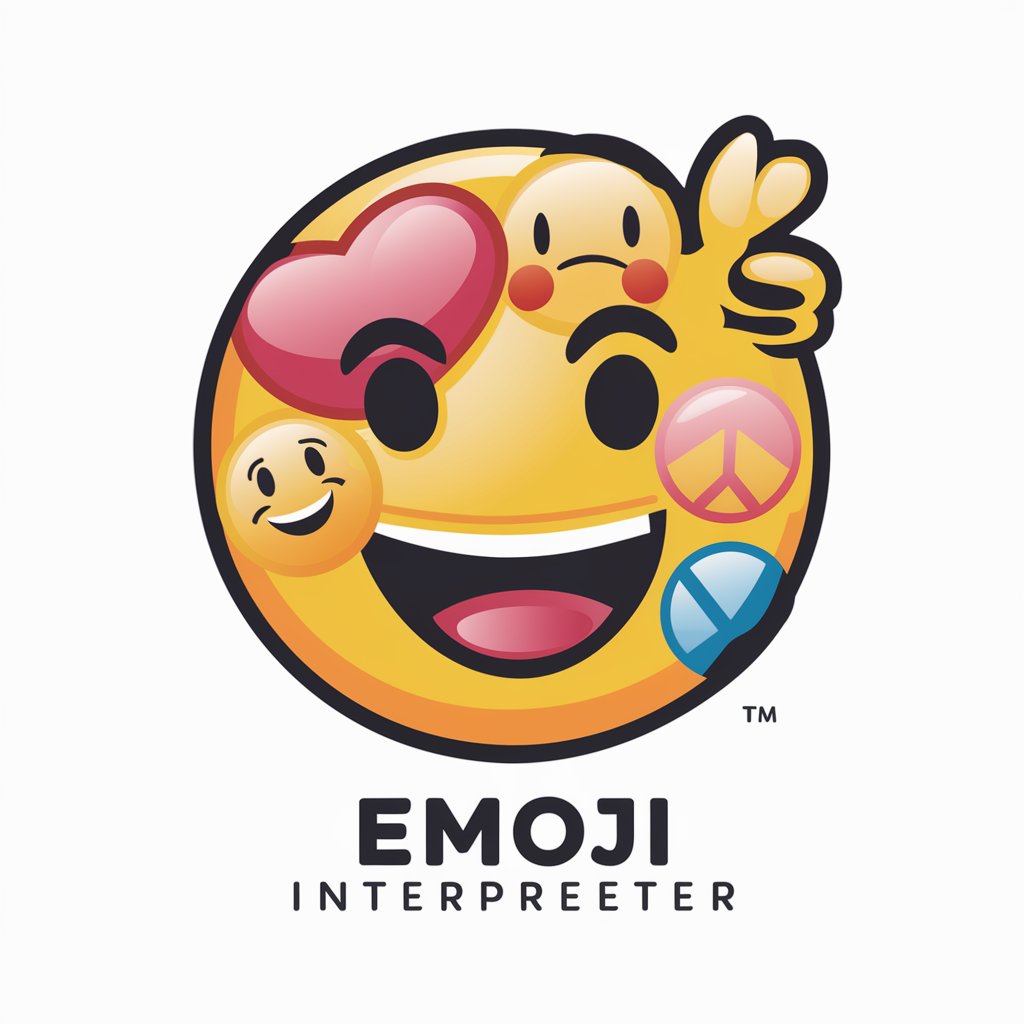
Emoji表情修饰大师
Bring texts to life with AI-powered emojis.
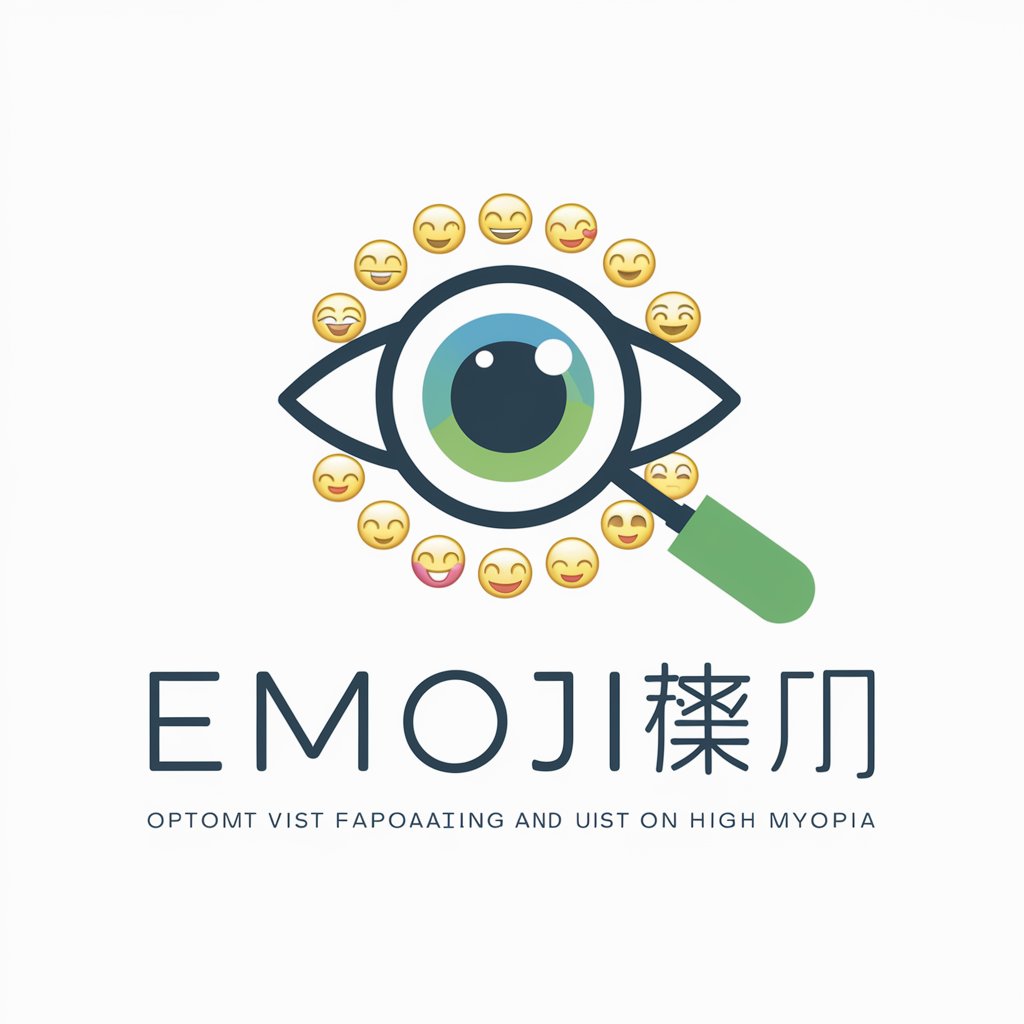
Emoji Finder
Empower your messages with AI

Text to Emoji
Enhance messages with AI-powered emojis
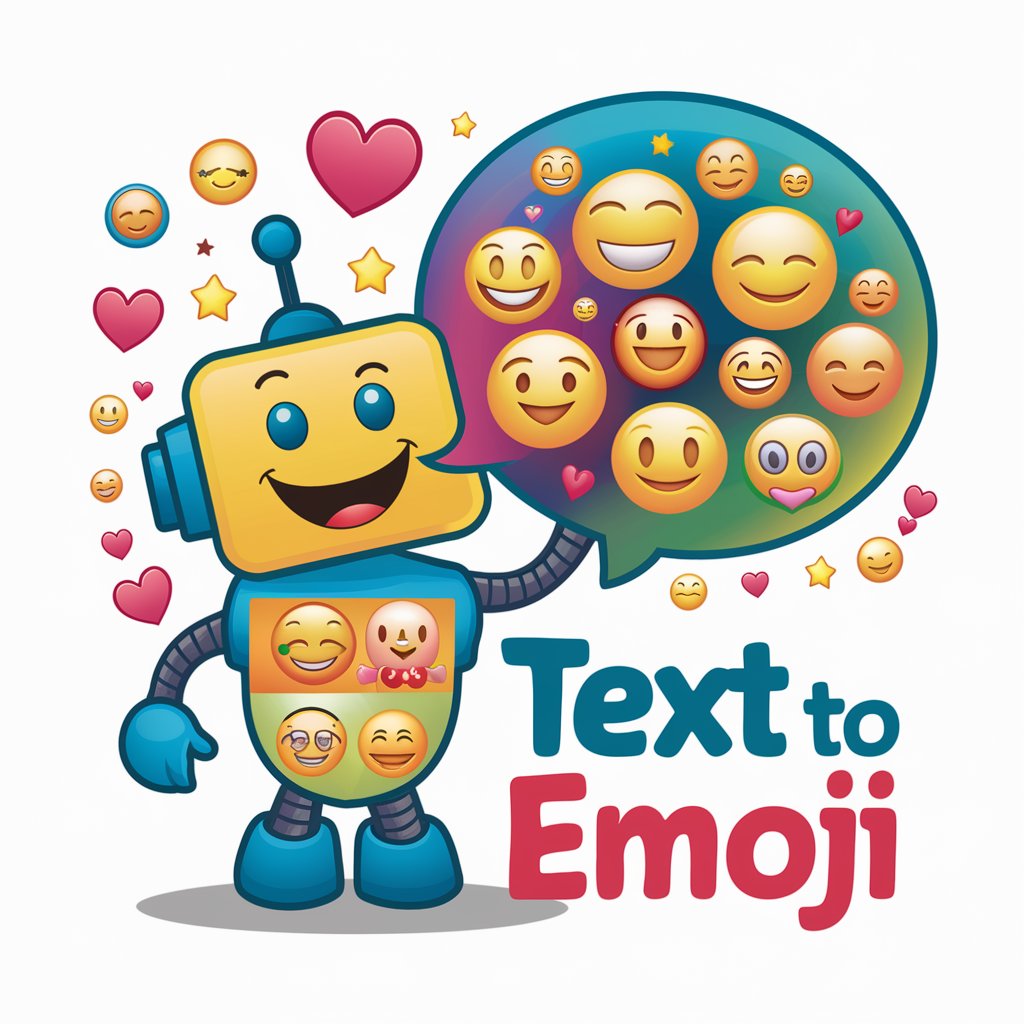
Dalimoji
Create Surreal Emojis with AI

Key Attributes and Functionalities
AI GPTs for Messaging Enhancement offer a range of unique features that cater to diverse communication needs. They include natural language understanding and generation for creating coherent and contextually appropriate messages, real-time language translation to bridge communication gaps, sentiment analysis to tailor responses based on emotional tone, and personalized content creation to suit specific audience preferences. Additionally, they offer technical support and web searching capabilities, alongside the ability to generate images or perform data analysis, making them versatile tools in the messaging enhancement domain.
Who Benefits from Messaging Enhancement Tools
The primary beneficiaries of AI GPTs for Messaging Enhancement include both novices and professionals in various fields, such as marketing, customer service, and personal communication. These tools are accessible to individuals without programming skills, thanks to user-friendly interfaces, while also offering extensive customization options for developers and tech-savvy users looking for specialized solutions.
Try Our other AI GPTs tools for Free
Detective Training
Discover how AI GPTs are transforming detective training with realistic simulations and interactive learning experiences tailored to both novices and professionals.
Condition Screening
Discover how AI GPTs for Condition Screening transform diagnostics with advanced AI, offering precise, adaptable solutions for healthcare, environmental analysis, and beyond.
Research Access
Explore how AI GPTs for Research Access are transforming the research landscape with their advanced data analysis, synthesis, and visualization capabilities.
Information Freedom
Explore AI GPTs for Information Freedom, AI-driven tools designed to enhance access to information, combat censorship, and promote the free exchange of ideas. Ideal for journalists, developers, and advocates.
Conversation Insights
Explore how AI GPTs for Conversation Insights transform conversational data into actionable insights with advanced analysis, tailored solutions, and intuitive interfaces for diverse users.
Photography Skills
Discover how AI GPTs for Photography Skills can transform your photography with advanced AI support for creativity, technical advice, and image analysis.
Expanding Horizons with GPTs in Messaging
AI GPTs for Messaging Enhancement not only offer a wide range of functionalities to improve communication but also provide an intuitive user experience that can be integrated into existing workflows and systems. Their adaptability across sectors underscores their potential to revolutionize how we interact, making messaging more efficient, personalized, and inclusive.
Frequently Asked Questions
What exactly are AI GPTs for Messaging Enhancement?
AI GPTs for Messaging Enhancement are artificial intelligence tools designed to improve communication by understanding and generating text that is relevant and personalized for specific messaging contexts.
Who can use these AI GPT tools?
These tools are designed for a wide range of users, from individuals seeking to enhance personal communication to professionals looking to optimize customer interactions or marketing strategies.
Do I need programming skills to use these tools?
No, many AI GPT tools for Messaging Enhancement are designed with user-friendly interfaces that do not require programming knowledge. However, developers and those with technical skills can access more advanced features through customization.
Can these tools translate languages in real-time?
Yes, one of the core features includes real-time language translation, facilitating seamless communication across different languages.
How do these tools adapt their responses?
Through advanced algorithms, these tools analyze the tone, context, and intent of the input text to generate appropriate and personalized responses.
Can AI GPTs generate images for messaging?
Yes, some AI GPTs for Messaging Enhancement are equipped with capabilities to create images relevant to the text or context of the conversation.
Is it possible to integrate these tools with existing messaging platforms?
Yes, many AI GPT tools are designed to be compatible with existing messaging platforms, allowing for seamless integration and enhancement of communication features.
What kind of technical support is available for these tools?
Support varies by tool, but generally includes documentation, online forums, and customer service channels to assist users with setup, customization, and troubleshooting.